Biography of Sheikh Ahmad Khatib Sambas

List of Contents
1 Life story and Family
1.1 Born
1.2 Family History
1.3 Passed away
2 Sanad of Knowledge and Education
2.1 Wandering for Knowledge
2.2 His Masters
3 His Successors
3.1 His Children
3.2 His Students
UNTUK DAPAT MEMBACA ARTIKEL INI SILAKAN LOGIN TERLEBIH DULU. KLIK LOGIN
Masuk dengan GoogleDan dapatkan fitur-fitur menarik lainnya.
Support kami dengan berbelanja di sini:
.png)

 Rp319.000
Rp319.000
 Rp398.000
Rp398.000
 Rp98.400
Rp98.400
 Rp239.000
Rp239.000


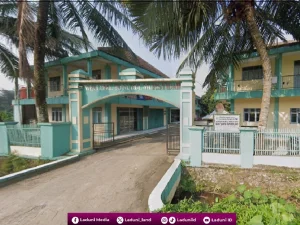

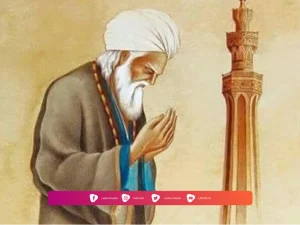

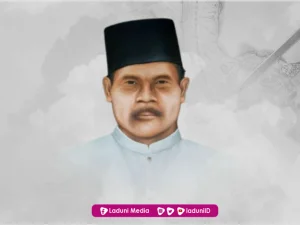



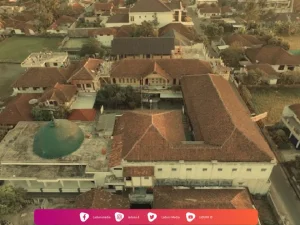
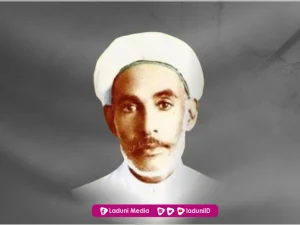
Memuat Komentar ...